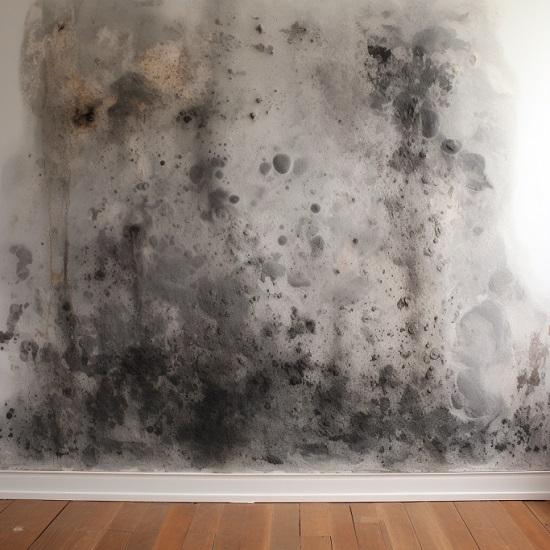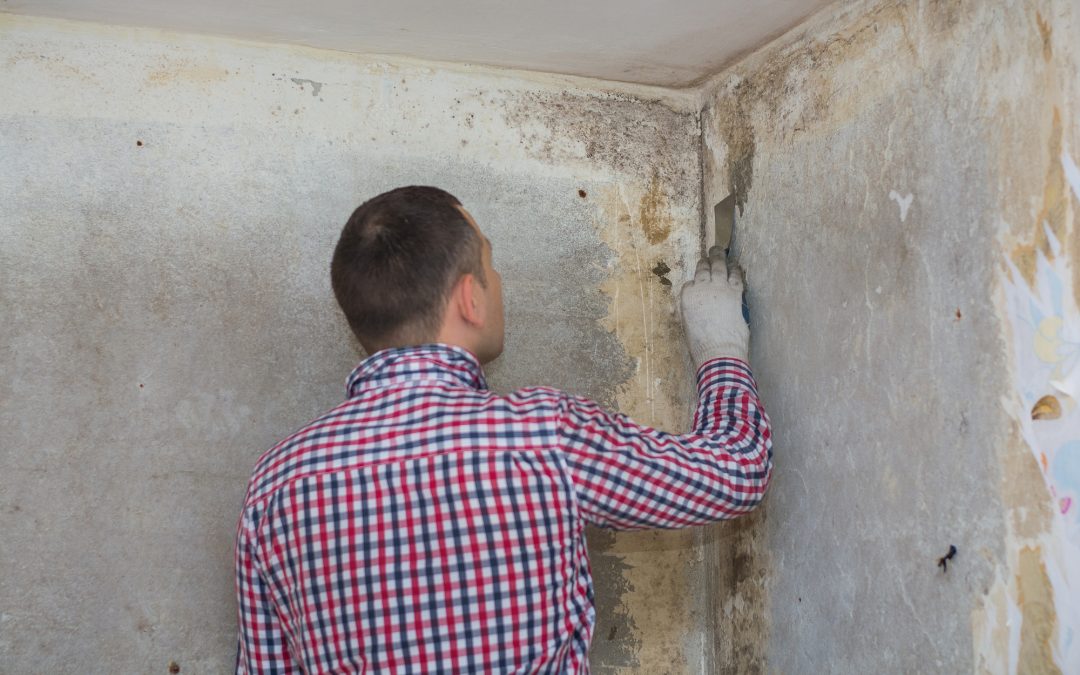Effective Post Mold Remediation Cleaning Protocols
Effective Post Mold Remediation Cleaning Protocols
Blog Article
Key Steps for Successful Article Mold And Mildew Remediation
Dealing with mold and mildew concerns in a timely and reliable fashion is important for maintaining a healthy and balanced indoor setting. Successfully finishing mold remediation is a complex process that calls for focus to detail and adherence to details methods. From checking treated areas to applying wetness control procedures, each step plays an essential duty in ensuring the efficiency of the removal process. Nonetheless, there are crucial post-remediation steps that are similarly vital however usually neglected. These steps not just validate the success of the removal efforts yet additionally contribute to avoiding future mold development.
Inspection of Treated Locations
Upon conclusion of the mold remediation procedure, a complete assessment of the dealt with areas is essential to guarantee the performance of the removal efforts. This evaluation offers as a crucial action in the post-remediation phase to confirm that the mold removal and cleaning procedures achieved success in removing the mold and mildew infestation and bring back a risk-free interior environment. The examination ought to be carried out by certified experts that have the knowledge to analyze the remediated areas carefully.
Throughout the examination, various elements are reviewed to figure out the success of the remediation process. These include visual analyses to inspect for any kind of signs of mold growth or water damages, moisture degrees to verify that the location is free and completely dry of excess humidity that could advertise mold and mildew re-growth, and air quality screening to make certain that the interior air is secure to breathe. In addition, the assessment may include utilizing specialized tools such as wetness meters and thermal imaging cameras to detect concealed mold and mildew or dampness pockets that could cause future mold troubles if left unattended. Generally, an extensive assessment of the treated locations is crucial to validate the performance of the mold remediation efforts and offer satisfaction to the passengers of the residential or commercial property.

Wetness Control Procedures
Reliable wetness control actions are necessary for avoiding mold and mildew growth and preserving a healthy and balanced indoor atmosphere. To achieve this, it is vital to address sources of dampness within the building. Appropriate ventilation is vital to managing humidity degrees. Installing exhaust fans in cooking areas and shower rooms can aid eliminate excess dampness. In addition, using dehumidifiers in wet locations can aid lower moisture levels, making it harder for mold and mildew to thrive.
Regularly checking and preserving the structure's exterior can additionally avoid dampness intrusion. Post Mold remediation cleaning. Making sure that rain gutters are clear, downspouts direct water away from the structure, and the roofing remains in great condition can aid protect against water from seeping right into the structure. Properly securing doors and windows can likewise help keep moisture out
Any type of spills or leakages need to be cleansed and dried out within 24-48 hours to avoid mold growth. By implementing these dampness control actions, the risk of mold reoccurring can be considerably minimized, producing a much healthier interior atmosphere.
Appropriate Ventilation Evaluation
An essential aspect of making certain a healthy and balanced indoor environment message mold and mildew removal is conducting a complete assessment of the ventilation system. After mold remediation. Appropriate air flow assessment plays an important role in stopping future mold growth and maintaining air high quality within the affected space. During the analysis, experts examine the performance of the ventilation system, checking for any kind of obstructions, leakages, or breakdowns that can prevent proper air movement. It is vital to guarantee that the air flow system is effectively sized for the area it serves which it meets market standards for air exchange rates.
In addition, examining the ventilation system consists of taking a look at the circulation of air throughout the location to recognize any type of locations of poor circulation where wetness and contaminants can accumulate. Correct air flow not only aids in regulating moisture degrees but likewise aids in getting rid of air-borne mold spores and other pollutants, thereby enhancing general interior air top quality. By dealing with visit our website any kind of air flow concerns upload mold and mildew remediation, homeowner can develop a much healthier and more comfortable atmosphere for passengers while reducing the risk of mold re-infestation.
Cleaning and Disinfection Protocols
To make sure thorough mold and mildew removal, meticulous adherence to particular cleaning and disinfection procedures is essential. Cleaning and disinfection protocols play a crucial duty in the post-mold removal stage to prevent the recurrence of mold growth and make sure a secure and healthy and balanced environment. The initial step in this procedure is the removal of any visible mold growth using proper cleaner and strategies. It is necessary to use EPA-approved fungicides and disinfectants to properly get rid of mold spores and stop their regrowth.
After the preliminary cleaning, detailed sanitation of the affected locations is needed to kill any continuing to be mold and mildew spores and inhibit their proliferation. This action is important in stopping the spread of mold to other components of the residential or commercial property. Additionally, applying precautionary measures such as using mold inhibitors and keeping correct ventilation can help lessen the risk of future mold and mildew invasions. By following stringent cleansing and sanitation procedures, homeowner can make sure the successful obliteration of mold and produce a healthy indoor setting for occupants.
Tracking and Upkeep Strategy
Carrying out a normal monitoring and maintenance read plan is necessary for guaranteeing the lasting effectiveness of mold removal initiatives. As soon as mold and mildew removal is completed, it is essential to establish a monitoring schedule to evaluate the success of the remediation procedure. This entails regularly examining the previously affected locations for any kind of indicators of mold and mildew reappearance or water damages. By carrying out routine checks, any type of new mold development can be without delay recognized and addressed, preventing a reoccurrence of the initial trouble.
Furthermore, establishing a maintenance plan is key to stop future mold and mildew problems. This plan might include actions such as fixing plumbing leaks, enhancing ventilation, and controlling indoor humidity levels. Normal upkeep not just assists in preventing mold and mildew yet likewise adds to keeping a useful source healthy and balanced indoor atmosphere. It is advisable to record all monitoring and upkeep tasks to track progress and ensure consistency in the maintenance of the remediated areas. By applying a detailed monitoring and maintenance strategy, the risk of mold and mildew re-emergence can be considerably lowered, promoting a risk-free and tidy living or workplace.
Final Thought
Finally, effective blog post mold and mildew removal entails extensive examination of treated areas, implementation of wetness control procedures, analysis of correct air flow, adherence to cleansing and sanitation methods, and establishment of a monitoring and upkeep strategy. These vital steps are vital to make certain that mold growth is efficiently gotten rid of and avoided from persisting in the future. By complying with these guidelines, homeowner can keep a healthy and balanced and risk-free environment for residents.
Upon completion of the mold remediation procedure, an extensive evaluation of the treated locations is vital to make sure the efficiency of the removal initiatives. These include aesthetic assessments to examine for any indicators of mold and mildew growth or water damage, dampness levels to validate that the area is completely dry and totally free of excess moisture that could advertise mold and mildew re-growth, and air high quality screening to guarantee that the interior air is risk-free to take a breath. Additionally, the examination may entail utilizing specialized tools such as moisture meters and thermal imaging cams to discover surprise mold or moisture pockets that could lead to future mold and mildew problems if left uncontrolled. By attending to any ventilation problems upload mold and mildew remediation, residential or commercial property proprietors can develop a much healthier and more comfortable atmosphere for passengers while minimizing the risk of mold and mildew re-infestation.

Report this page